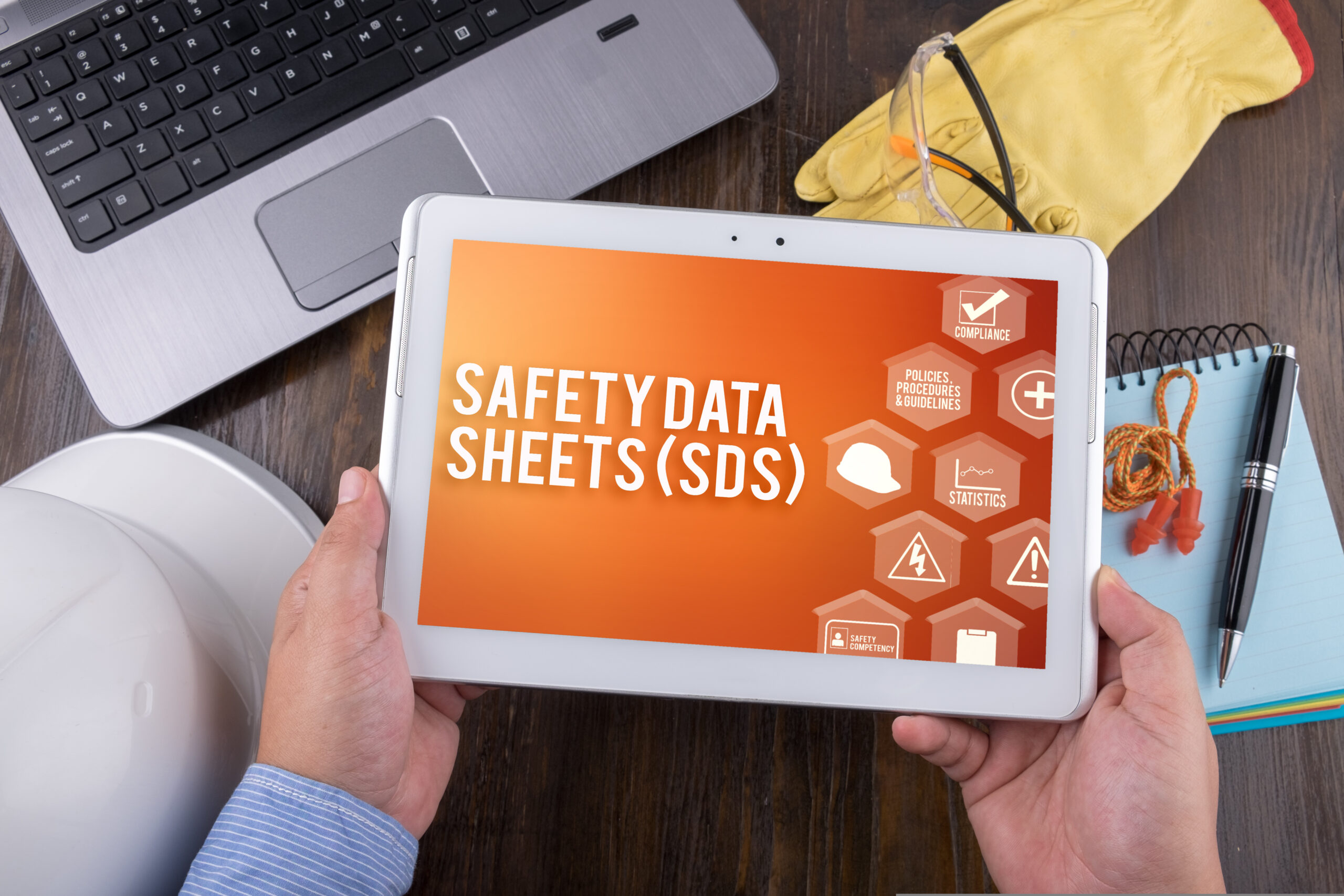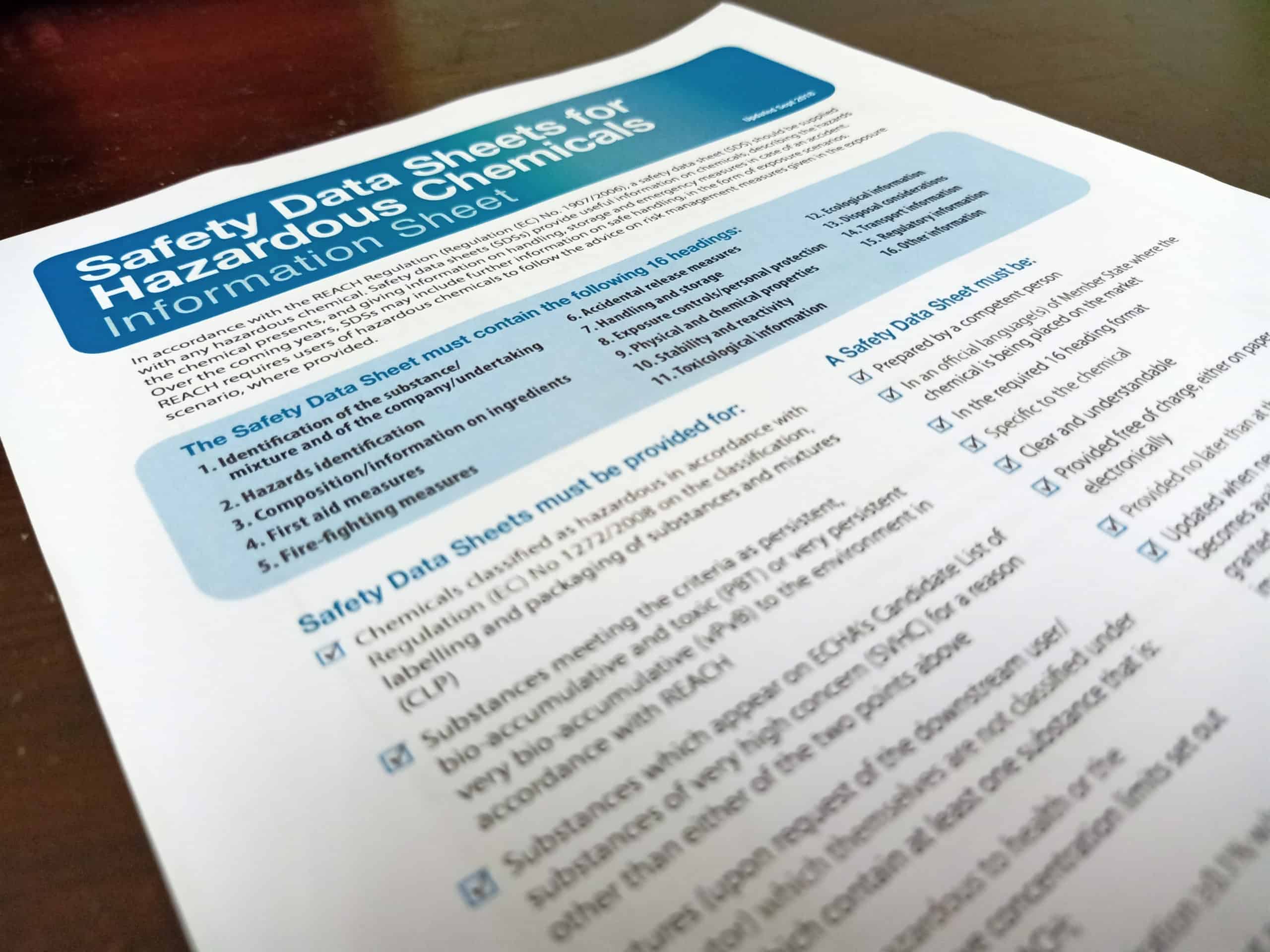Lost SDS binders, outdated paper trails, and slow emergency response are signs your lab is stuck in the past. This blog explores how digital SDS catalogs eliminate those issues, giving lab teams immediate, secure access to vital chemical data. … Read More
SDS
Home » Safety Platform Blog » Which Lab Did I Leave That Binder In? Bringing the SDS Catalogs to the Digital Age!

Home » Safety Platform Blog » What You Need to Know about the New York City Community Right to Know

What You Need to Know about the New York City Community Right to Know
This blog describes the Community Right to Know Law (RTK) of New York City, which protects the public from the release of hazardous chemicals. … Read More
Home » Safety Platform Blog » Laboratory Safety – Keeping Your Workers Safe

Laboratory Safety – Keeping Your Workers Safe
Thousands of Americans are employed in laboratories where they perform work to find cures for diseases, better understand and control infectious agents and toxins, and improve our lives and health. As with all occupations, laboratory workers face risks that vary … Read More
Home » Safety Platform Blog » 3 Ways to Promote a Culture of Safety in Chemical Laboratories

3 Ways to Promote a Culture of Safety in Chemical Laboratories
Chemical laboratories are not only fertile grounds for uncovering cutting-edge research but an important space in the development of safety practices for lab workers. These “first touches” with safety rules and habits can affect how workers perform the role of … Read More
Home » Safety Platform Blog » Challenge Accepted: Electronic SDS Management

Challenge Accepted: Electronic SDS Management
The Occupational Safety and Health Administration’s (OSHA) hazard communication (HazCom) standard has been around since the 1980s, yet it continues to be one of OSHA’s most-cited violations. The adoption of the Globally Harmonized System of Classifying and Labeling Chemicals (GHS) … Read More
Home » Safety Platform Blog » A FAIR approach to managing Safety Data Sheets

A FAIR approach to managing Safety Data Sheets
Last month, I discussed the reasons for, and challenges of, instituting a chemical inventory system in your workplace. One of the regulatory drivers for such a system is the OSHA Hazard Communication standard. This standard requires employers to: maintain an … Read More